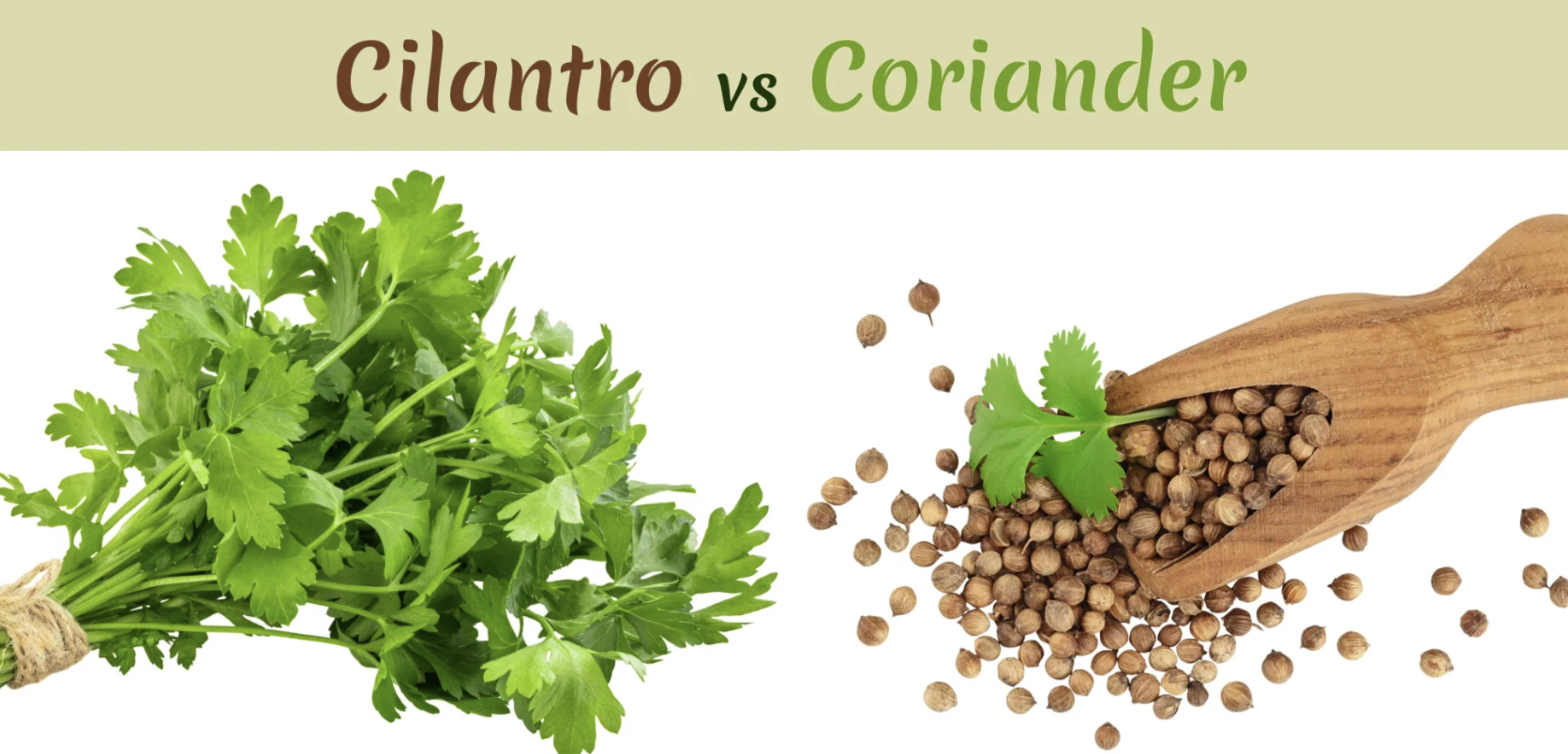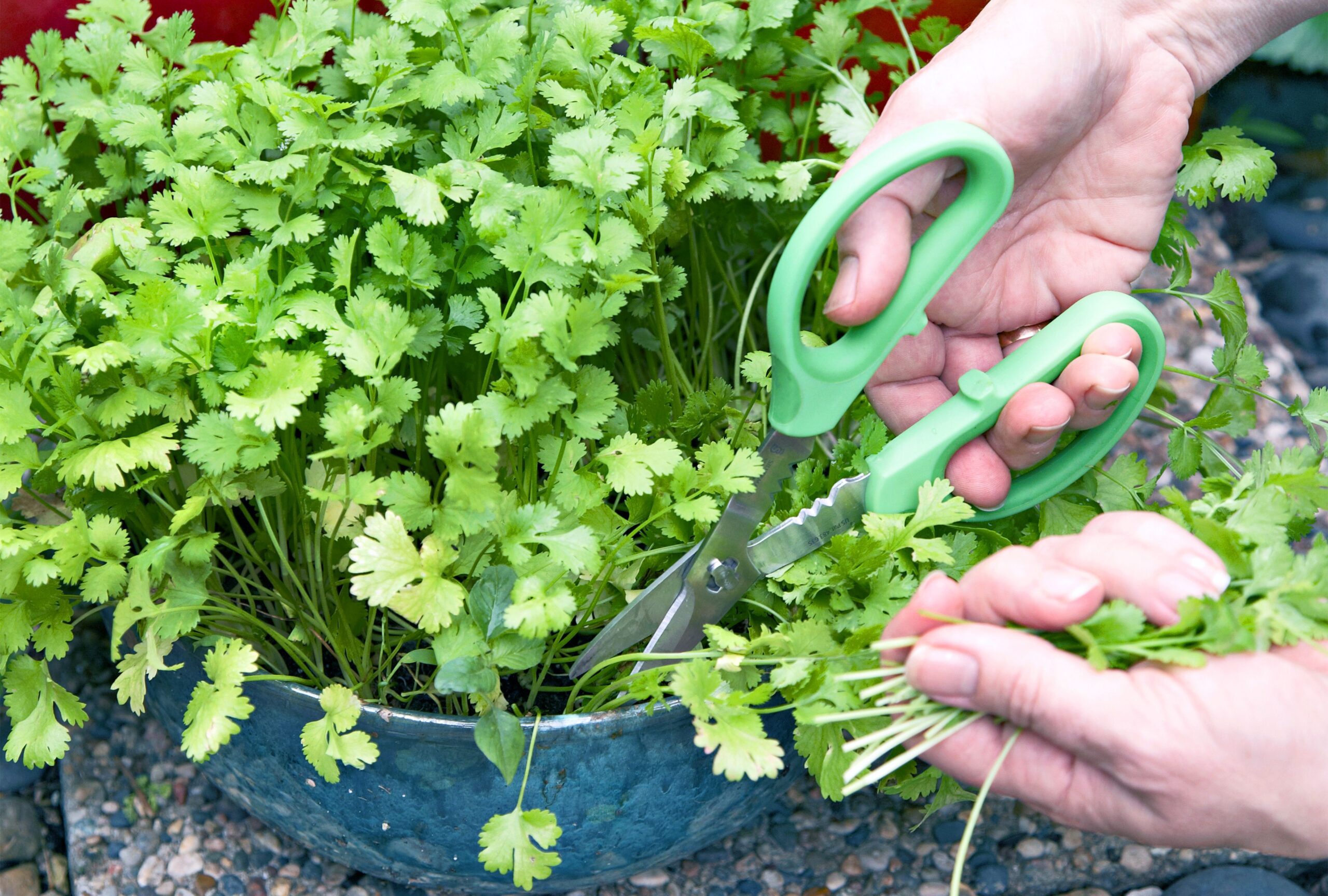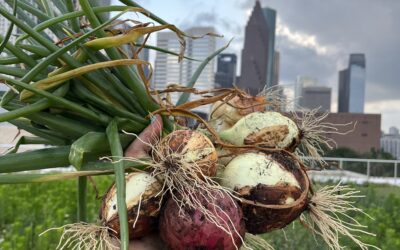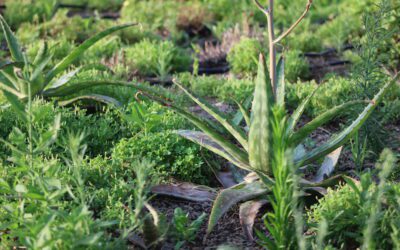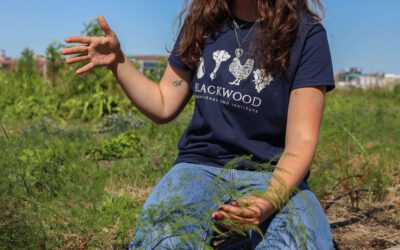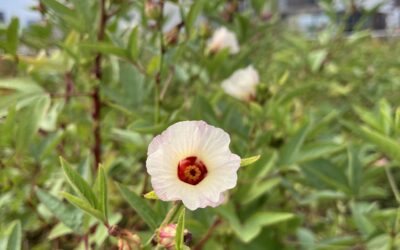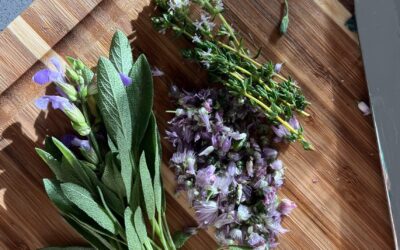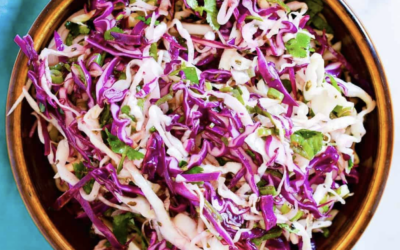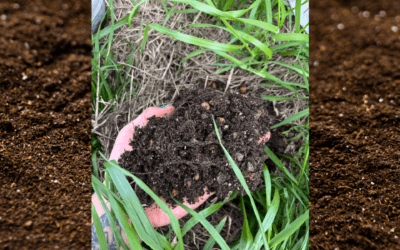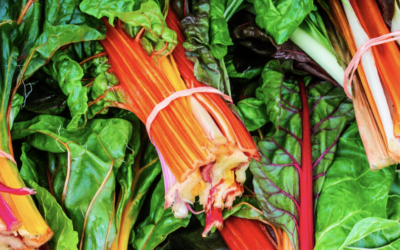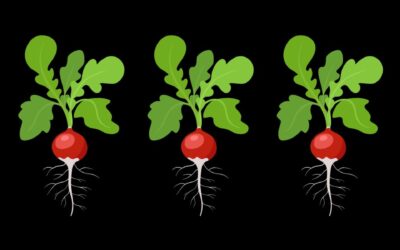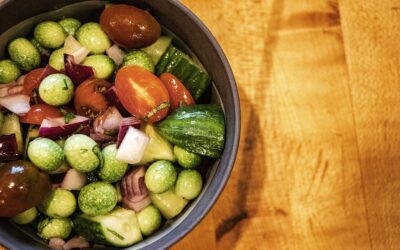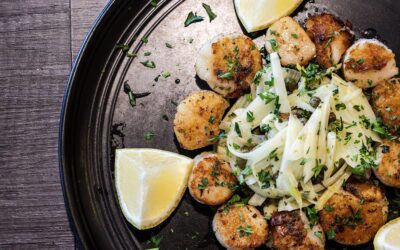Seasonal Plant Lesson: CILANTRO
Created for 3/13/24 Open Farm Day, edited 4/2/25, led by August
Lesson Plan
Objective: Discuss the benefits of cilantro and the different ways in which it can be utilized, depending on harvest time.
Highlight the various ways to consume cilantro and coriander.
Duration: 1 hour
Introduction (15 minutes)
Benefits of Cilantro:
- Cilantro can be used as a fresh or dried herb. The seeds of cilantro
are otherwise known as coriander and can be used ground or whole in a variety of dishes. - Cilantro promotes enzyme activity that can help our bodies remove sugar from our blood, essentially it can lower blood sugar.
- It is high in antioxidants and can help you lower inflammation within your body and lower your risk of diseases that develop from
exaggerated inflammation such as IBS. - Cilantro works as a diuretic so it helps flush excess sodium out of your body and can be used as an appetite stimulant.
How can I grow cilantro?
Cilantro grows easily from seed and if allowed to go to seed,
they will reseed for the next year. Cilantro enjoys moist soil and plenty of sun but when the summer comes it will bolt to reproduce for the next year. We plant all our cilantro from seed at the Skyfarm.
○ What is a volunteer plant? A volunteer plant refers to a plant that was not intentionally planted in the spot it comes up in. This can refer to seeds dropped by pollinators such as birds or the wind as well as plants that have ‘bolted’ and dropped seed that comes up the next season.
- Cilantro in the Garden (15 minutes)
● Companion plants for cilantro: Cilantro can be a helpful companion plant for
tomatoes, potatoes, okra, brassicas, peppers, eggplant, and beans.
● Cilantro in the garden: Cilantro has a strong scent and can mask other plants from pests as well as attract the predatory species of insect that prey on pests of a companion plant. Cilantro attracts parasitic wasps, ladybugs, hoverflies, and lacewing insects that can prey on pests. In the South, cilantro can be planted in the autumn or spring. They are easy to grow from seed. Their pollen and nectar are great nutrient sources for pollinators.- Harvest Cilantro together, try some berries if desired.
Utilizing Cilantro (20 minutes)
Seasonal Plant Lesson: Cilantro
● Things to make:
○ Cilantro can be used fresh in soups, salads, or dips
○ Dried coriander can be used as a seasoning in soups and other hot dishes or in pickling vegetables
○ Fresh green coriander berries can be used to make sauces and dressings for
salads
Q&A and Interactive Discussion (10 minutes)
Encourage participants to share their experiences with companion planting in their gardens or growing spaces and discuss how to incorporate cilantro into their gardening spaces and practice
responsible seed saving practices.
Materials Needed: none
Outcome: Participants will leave with an in-depth understanding of symbiotic plant relationships and how to identify the needs of each plant partnership as it relates to cilantro. Furthermore, participants will be able to identify sustainable gardening practices and how to adapt them to their spaces (in regards to herb selection).
